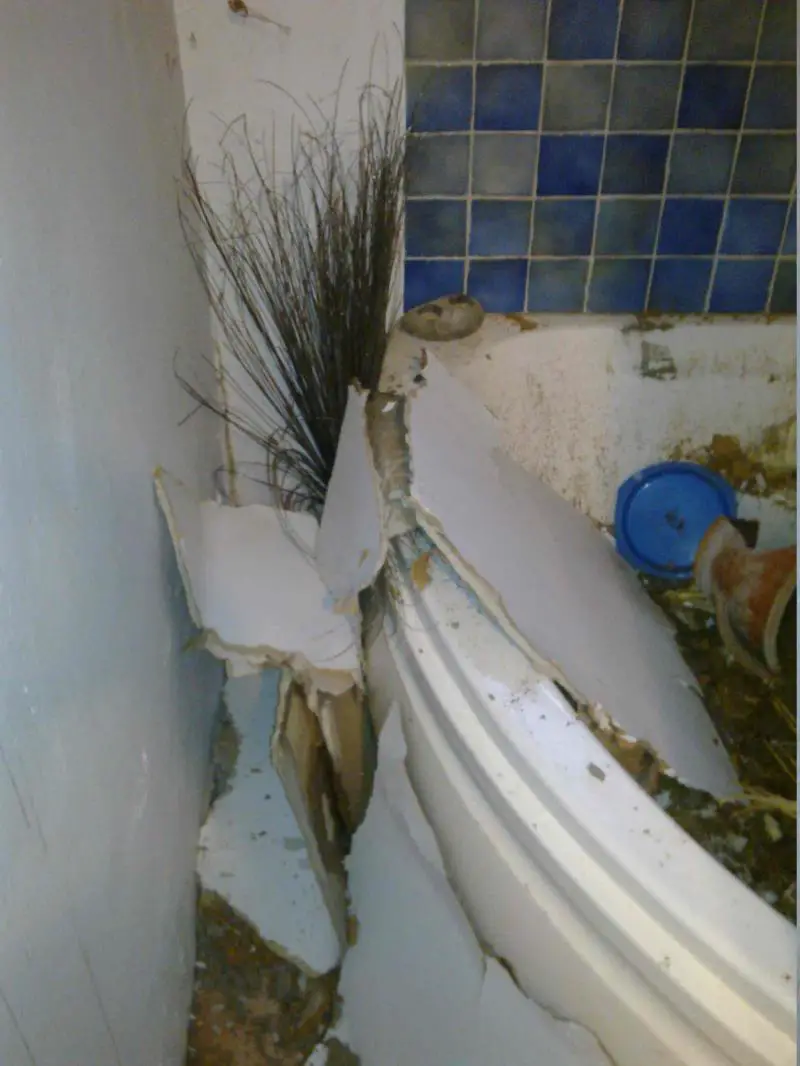Hi,
I live in a flat in a large regency house where the drainage hopper from the roof regularly blocks up with leaves/twigs etc.
Picture of front of house:

The entire roof space (maybe 20mx20m?) drains into leaded gulleys which then, as far as I can tell, empty into one hopper at the back of the house.
As you can see, there are many large trees at the property, and the hopper regularly becomes clogged with twigs/leaves etc. and it then overflows spectacularly and noisily for the duration of any rain storm or even light shower until the maintenance company go up and clear it out.
I'll try and post a picture of the hopper later, but in the meantime I'm wondering if there is a solution to this, other than calling the maintenance company every time it blocks? I've been trying to think of ways of creatively using chicken wire etc. but all the ideas I have would appear to shift the problem to elsewhere on the roof which could be more disastrous to the upper floor occupants.
Thanks in advance.
I live in a flat in a large regency house where the drainage hopper from the roof regularly blocks up with leaves/twigs etc.
Picture of front of house:

The entire roof space (maybe 20mx20m?) drains into leaded gulleys which then, as far as I can tell, empty into one hopper at the back of the house.
As you can see, there are many large trees at the property, and the hopper regularly becomes clogged with twigs/leaves etc. and it then overflows spectacularly and noisily for the duration of any rain storm or even light shower until the maintenance company go up and clear it out.
I'll try and post a picture of the hopper later, but in the meantime I'm wondering if there is a solution to this, other than calling the maintenance company every time it blocks? I've been trying to think of ways of creatively using chicken wire etc. but all the ideas I have would appear to shift the problem to elsewhere on the roof which could be more disastrous to the upper floor occupants.
Thanks in advance.





